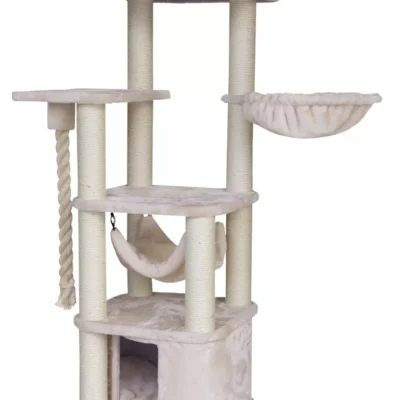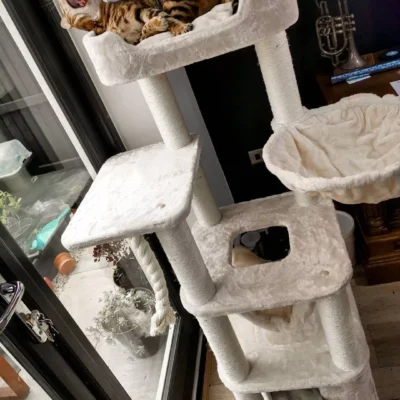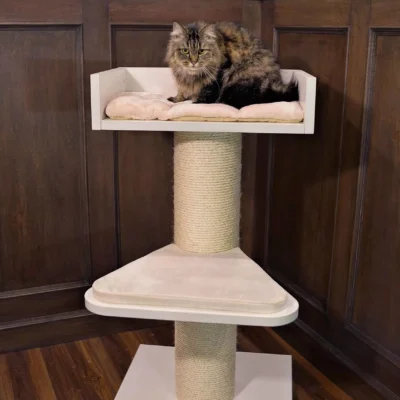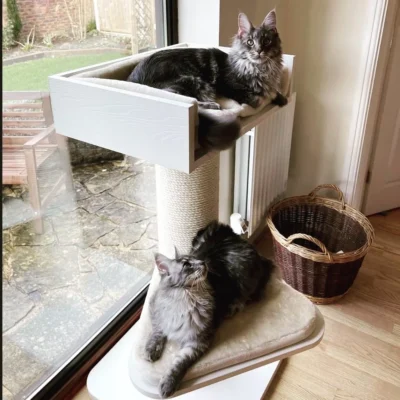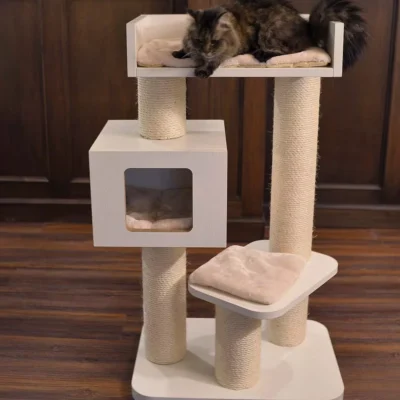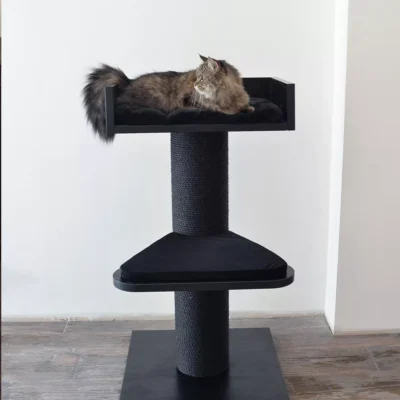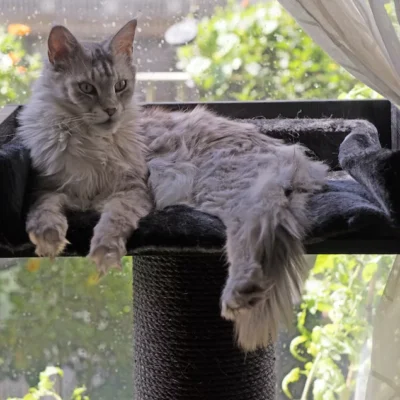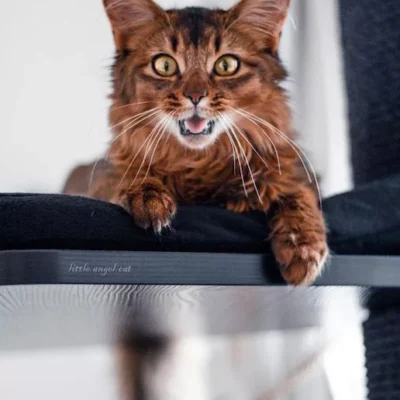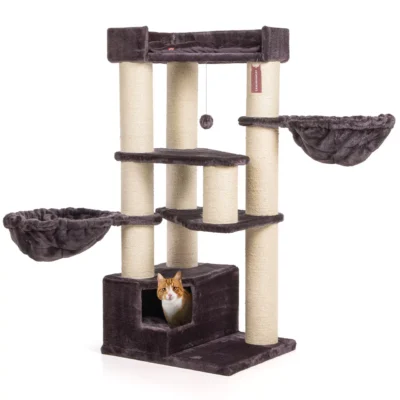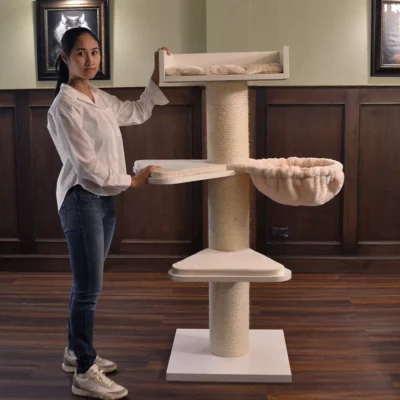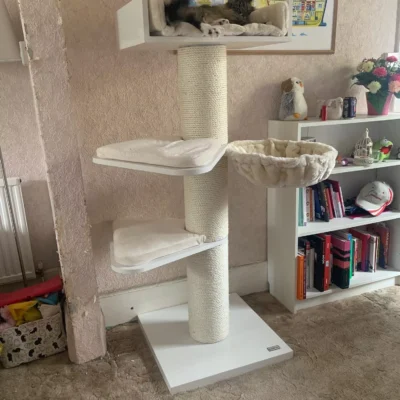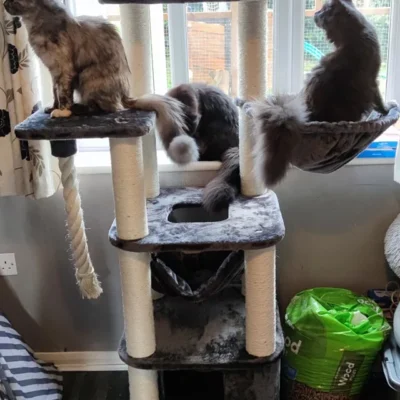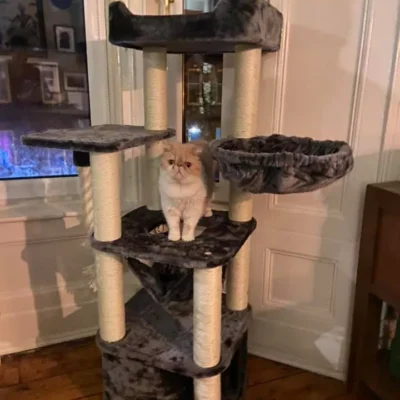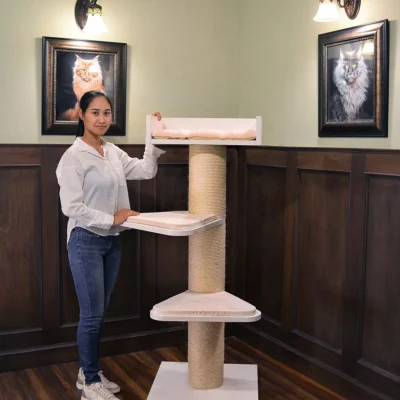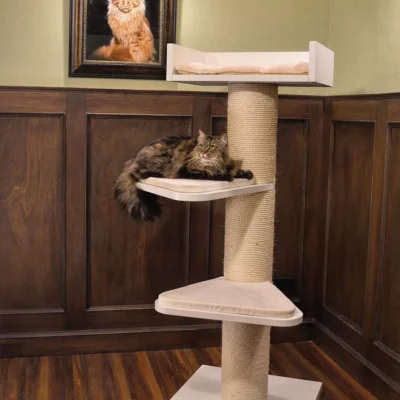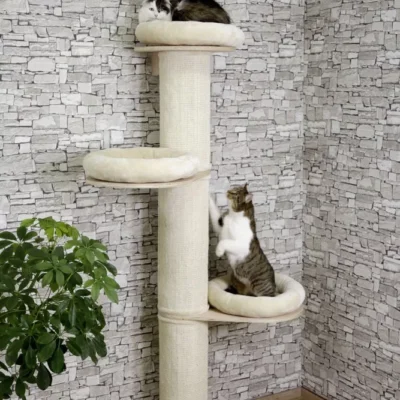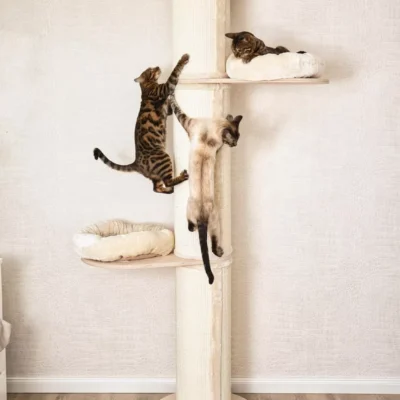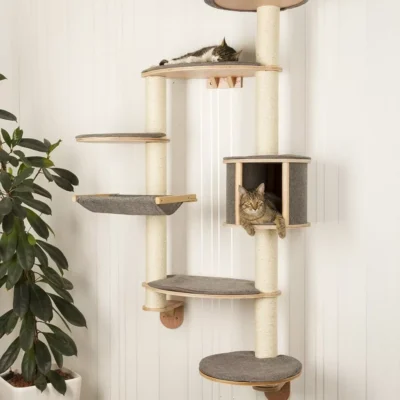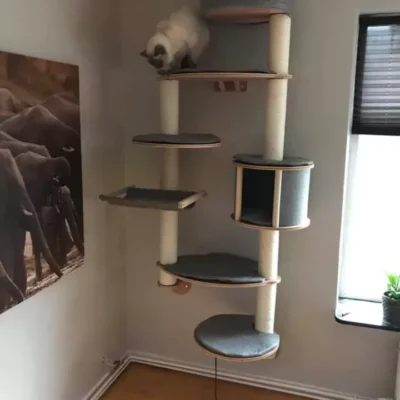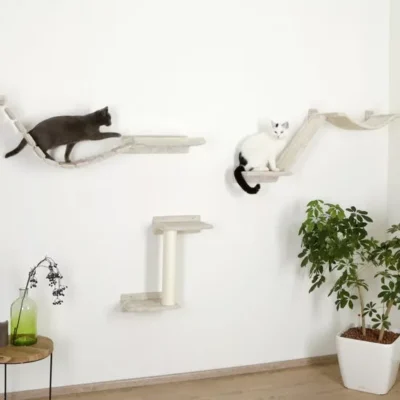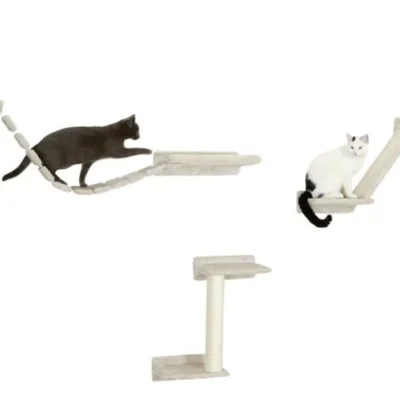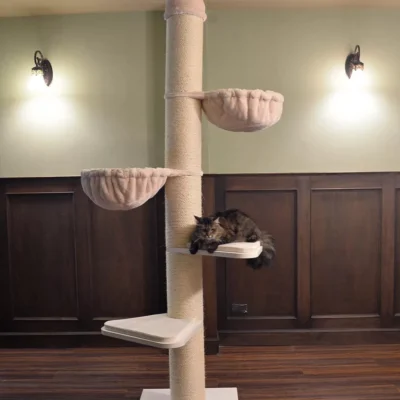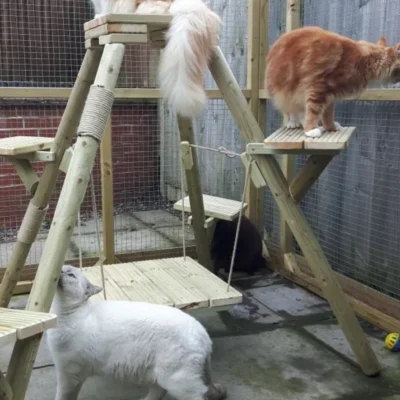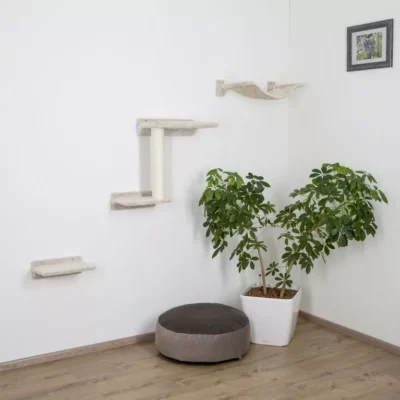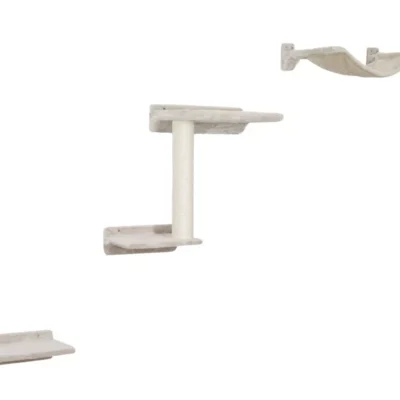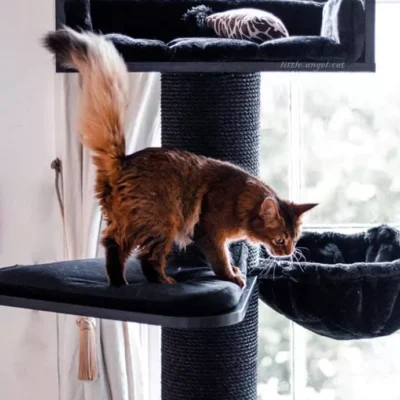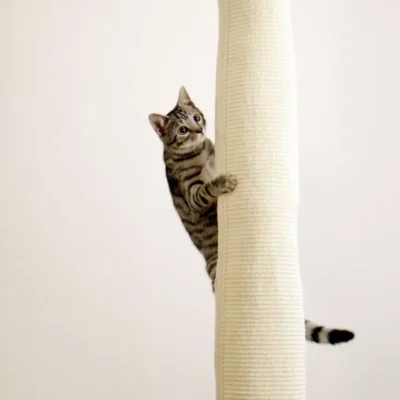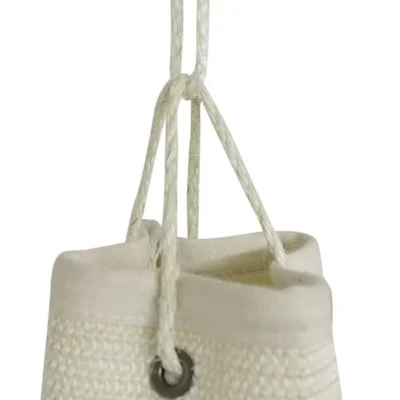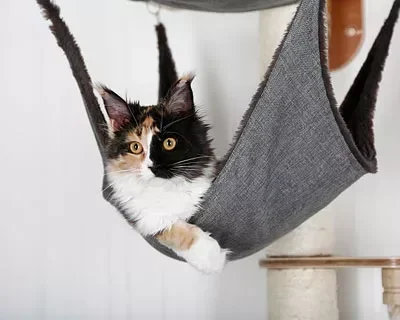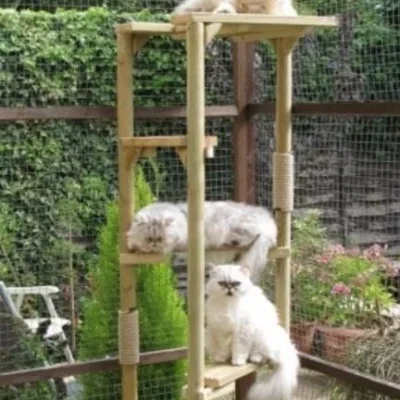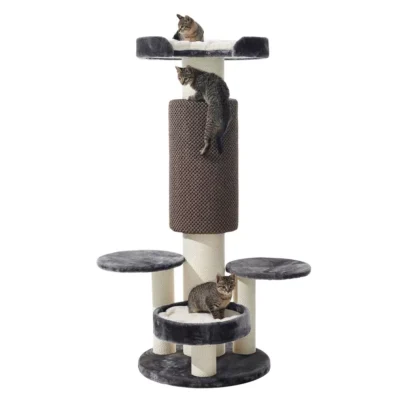0
Welcome to the intriguing world of decoding the emotions of our beloved feline friends. In this journey, we will delve deep into the intricate realm of cat feelings and the profound importance of deciphering their subtle shifts in mood.
Cats, those mysterious and captivating companions, possess a rich tapestry of emotions. However, they often communicate these feelings in ways that may seem elusive to us. In this blog, we will embark on a quest to explore the fascinating spectrum of emotions that cats experience and unravel the art of interpreting their unique expressions.
Our purpose here is crystal clear: to provide you with invaluable insights into recognizing and understanding your cat’s ever-changing emotional states. By gaining a deeper comprehension of their emotions, we can forge stronger connections with these enigmatic creatures and ensure their lasting happiness and well-being. So, join us on this enlightening journey as we embark on the path of decoding cat emotions together.
The Complex World of Feline Emotions
The world of feline emotions is a complex and fascinating one, filled with nuances that require a keen understanding. To truly appreciate the emotional landscape of cats, we must acknowledge that it differs significantly from that of humans.
Cats experience a broad range of emotions, including happiness, contentment, excitement, fear, anxiety, and even more complex feelings such as jealousy or curiosity. However, it’s essential to recognize that these emotions may not always align with human emotions and can be expressed in subtle ways.
Cats are masters of subtlety when it comes to expressing their feelings. Their means of communication, including body language, facial expressions, and vocalizations, are nuanced and may go unnoticed or be misinterpreted if we are not observant.
Unlike humans, cats primarily communicate nonverbally. They rely on their tails, ears, whiskers, and body posture to convey their emotions. For instance, a relaxed and upright tail signifies contentment, while a puffed-up tail may indicate fear or aggression.
Cats are renowned for their independent nature and may not constantly seek attention or affection. However, this independence should not be mistaken for a lack of emotions. Cats have their distinctive ways of both displaying and experiencing feelings.
Recognizing and respecting our cat’s emotions are vital for building a strong bond and ensuring their well-being. Understanding their moods enables us to respond appropriately to their needs and preferences.
Adapting our care and interactions to match our cat’s emotional state can foster a harmonious and fulfilling relationship. For example, providing a safe and quiet space when a cat is anxious or engaging in interactive play when they’re feeling playful.
Developing empathy and patience in our interactions with cats allows us to navigate their emotional world effectively. It’s crucial to avoid imposing interactions and to respect their boundaries.
In this intricate world of feline emotions, our role as caregivers is to be attentive, empathetic, and patient. By recognizing and respecting the emotional spectrum of our cats, we can create an environment where they feel safe, loved, and understood. This understanding serves as the key to forging a deeper connection with our feline companions and ensuring their emotional well-being.
Common Triggers for Feline Mood Swings
Cats, much like humans, can undergo mood swings, and these shifts in their emotional state are often influenced by a variety of factors. To gain a deeper understanding of our feline friends, let’s delve into some common triggers for mood swings in cats.
One significant trigger for mood swings in cats is changes in their routine. Cats thrive on consistency, and any disruptions in their daily schedule, such as alterations in feeding times, play sessions, or bedtime routines, can lead to anxiety or irritability.
Environmental stressors play a crucial role in affecting a cat’s mood. Loud noises, ongoing construction work, or a chaotic household environment can create feelings of unease and anxiety in cats, resulting in mood swings.
Health issues, whether it’s pain, discomfort, or illness, can have a profound impact on a cat’s mood. When cats are unwell, they may become more irritable or withdrawn.
The introduction of new household members, whether they are people or other pets, can be a significant trigger for mood swings in cats. Cats may feel territorial or threatened, leading to changes in behavior.
Alterations in the cat’s environment, such as rearranging furniture or making significant changes to their living space, can disrupt their sense of familiarity and security, potentially leading to mood swings.
Cats can experience grief and sadness, particularly when they lose a companion animal or a close human family member. These emotions can result in mood swings and, in severe cases, even depression.
Seasonal changes can also affect some cats. For example, shorter daylight hours or temperature fluctuations may lead to seasonal affective disorder (SAD) in sensitive individuals, impacting their mood.
A lack of stimulation, both mental and physical, can lead to boredom and mood swings in cats. Cats require play, exploration, and mental challenges to remain content.
Allergies or sensitivities to food, environmental allergens, or grooming products can cause discomfort and affect a cat’s mood.
Finally, aging can bring about age-related changes in health and mobility, which can influence a cat’s mood and behavior.
It’s essential for cat owners to be aware of these common triggers and their potential impact on feline mood swings. Recognizing when our cats are experiencing emotional shifts allows us to take steps to provide comfort, support, and a stable environment. A deeper understanding of our cat’s emotional responses enables us to navigate their world with empathy and care, ultimately strengthening the bond between us and our beloved feline companions.
Recognizing Feline Mood Swings
Recognizing mood swings in cats is an important skill that requires a keen eye for subtle cues and a deep understanding of your feline companion. One of the key indicators of a cat’s mood is their body language. A cat’s tail position can be a reliable indicator – a happy and content cat typically holds their tail upright, while a lowered or puffed-up tail may signal fear or aggression. Similarly, the position of their ears and the orientation of their whiskers can provide insights into their emotional state.
Another important aspect to consider is vocalizations. Paying attention to changes in your cat’s vocalizations can be revealing. Excessive meowing or yowling, especially when it’s out of character, can be a sign of discomfort, anxiety, or even illness.
Behavioral changes are also significant indicators. Observe any alterations in your cat’s behavior. For example, lethargy – if a typically active cat suddenly becomes lethargic or withdrawn, it may be experiencing a mood swing. Mood swings can also lead to uncharacteristic aggression, especially if your cat feels threatened or stressed. Cats may seek solitude or hide when they’re not feeling their best emotionally, and excessive grooming can be a response to stress or discomfort.
Changes in appetite and hydration can be indicative of mood swings or underlying health issues. Increased or decreased appetite may signal emotional changes. Grooming habits, such as excessive grooming to the point of creating bald spots or skin irritation, can also be a sign of anxiety or stress.
Monitoring your cat’s litter box behavior is essential. Changes in litter box usage, such as increased accidents or avoidance, can be linked to mood swings. Additionally, pay attention to whether your cat is seeking attention or hiding. Cats that typically seek attention but suddenly hide, or vice versa, may be experiencing emotional fluctuations.
While purring is often associated with contentment, it’s important to note that some cats may purr when they’re anxious or in pain. Therefore, it’s crucial to consider the context in which they are purring.
Establishing a baseline for your cat’s normal behavior is key because deviations from their usual habits are often indicative of mood swings or underlying issues. Each cat is unique, and their responses to mood swings may vary. Consistent observation, empathy, and patience are essential for recognizing and addressing your cat’s changing emotions. By paying close attention to their cues and behavior, you can provide the support and comfort they need during moments of emotional fluctuation.
Responding to Feline Mood Swings
When your cat experiences mood swings, it’s crucial to respond in a supportive and compassionate manner to ensure their well-being. Here are some tips and strategies to help you navigate your cat’s emotional fluctuations.
Firstly, provide a safe haven for your cat. Create a quiet and secure space where they can retreat when they’re feeling anxious or stressed. This space should include their bed and favorite toys, offering them a sense of security.
Maintaining a consistent routine is essential. Cats thrive on routine, so try to keep their daily schedule as predictable as possible. This includes feeding times, play sessions, and bedtime rituals. Predictability can help reduce stress and anxiety.
Offer comfort and reassurance to your cat. Spend quality time with them, providing gentle petting and verbal reassurance. Let them know that you’re there to comfort them when needed. Your presence and affection can be reassuring during moments of mood swings.
It’s crucial to avoid punishing your cat for mood swings or undesirable behavior during these periods. Punishment can exacerbate their stress and anxiety, making the situation worse. Instead, focus on providing support and understanding.
Engage your cat in interactive play sessions using their favorite toys. Play can help release pent-up energy and improve their mood. It’s also an excellent way to distract them and provide mental stimulation.
Maintain a calm environment for your cat. Reduce loud noises, disruptions, or stressful elements in their environment. A calm and peaceful atmosphere can help alleviate mood swings and reduce anxiety.
Monitor your cat’s health closely. If mood swings persist or are accompanied by other concerning symptoms, consult your veterinarian. Underlying health issues can sometimes manifest as changes in behavior, so it’s essential to rule out medical causes.
In cases of severe or persistent mood swings, or if they result in aggression, consider consulting with a feline behaviorist or animal psychologist. These professionals can provide specialized guidance to address behavioral issues.
Remember to be patient and understanding during your cat’s mood swings. Recognize that these mood fluctuations are not deliberate actions but responses to their emotions. Avoid placing undue pressure on them, and allow them space when needed.
Regular veterinary check-ups are crucial to rule out any underlying medical conditions that may contribute to mood swings. Follow your vet’s recommendations for treatments or interventions to address any health-related concerns.
Some cats may benefit from holistic approaches like pheromone diffusers or calming supplements. Consult your veterinarian for guidance on these options, as they can be effective in reducing stress and anxiety in some cases.
Respect your cat’s boundaries. Cats may need space when they’re experiencing mood swings. Allow them to approach you when they feel ready for interaction, and avoid forcing contact.
By implementing these strategies and responding to your cat’s emotional needs with patience and understanding, you can help them navigate their mood swings more comfortably. Remember that every cat is unique, so adapt your approach to meet your feline companion’s specific requirements.
Conclusion: Strengthening the Human-Feline Bond
In conclusion, our exploration into the world of decoding cat emotions has illuminated the intricacies of feline feelings, enriching our understanding of these enigmatic companions. Here are the key takeaways from our journey:
Firstly, we’ve uncovered the complexity of feline emotions. Cats experience a unique and intricate range of feelings that may differ from human emotions. Recognizing and appreciating this emotional spectrum is fundamental to forming a deeper connection with our feline friends.
We’ve also delved into the common triggers for mood swings in cats. Various factors, including changes in routine, environmental stressors, health issues, and even seasonal variations, can influence a cat’s emotional state. Identifying these triggers can help us respond effectively.
Recognizing feline mood swings demands keen observation. We’ve learned to pay attention to changes in body language, vocalizations, and behavior. Establishing a baseline for our cat’s normal behavior is key to identifying deviations and understanding their emotions.
Responding to our cat’s mood swings with empathy and compassion is essential. We’ve explored strategies such as creating a safe environment, maintaining routines, offering comfort, and refraining from punishment. These approaches foster trust and strengthen the human-feline bond.
Ultimately, our journey has reinforced the idea that the bond between humans and feline companions is built on trust and understanding. By investing time and effort in deciphering our cat’s emotions, we can forge a deeper, more harmonious relationship. Understanding and respecting our cat’s emotional world is a rewarding endeavor that leads to a happier and more fulfilling partnership for both us and our beloved feline friends.




